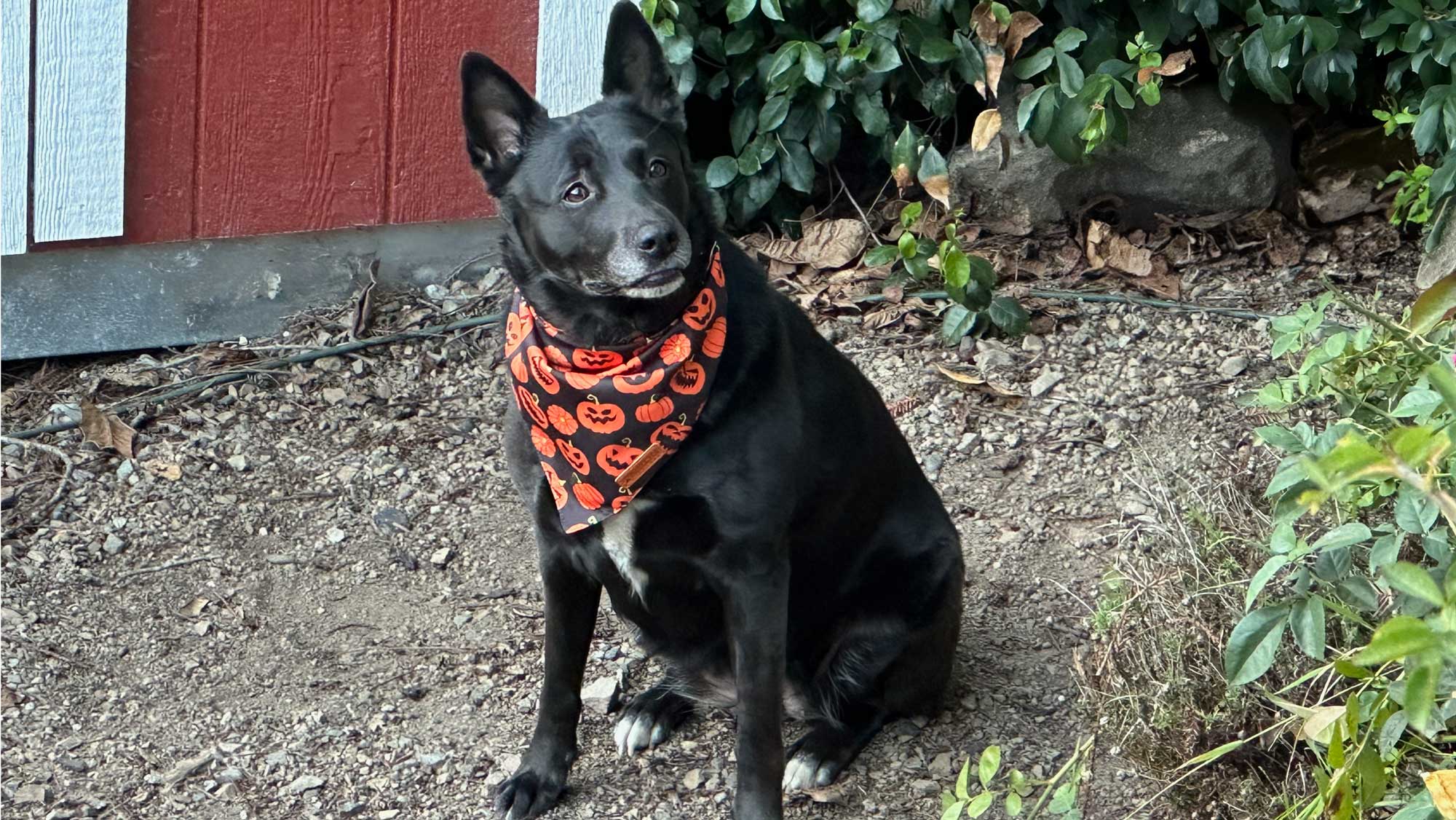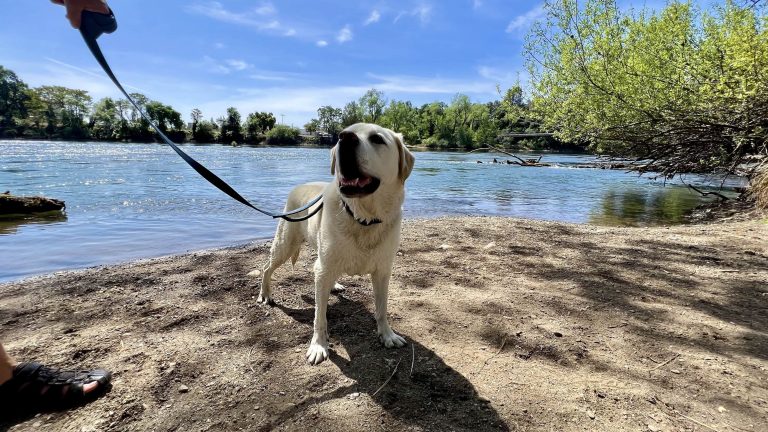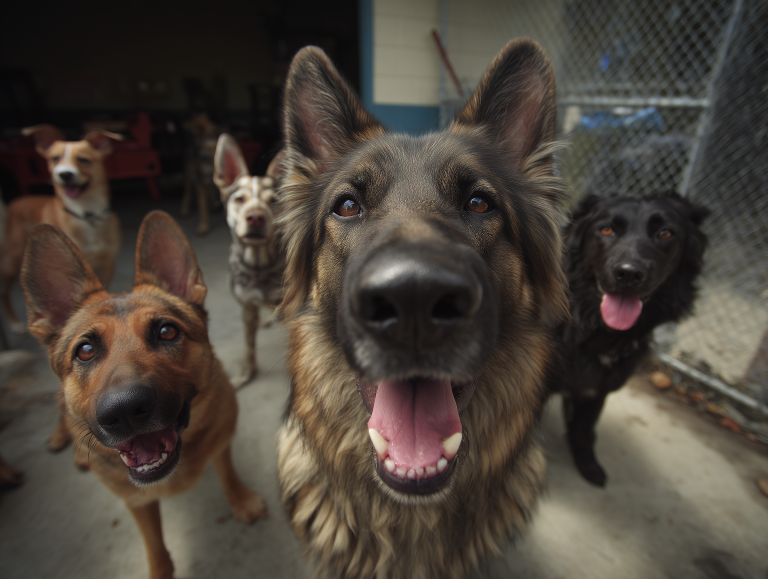Walking into a shelter, the atmosphere is a mix of hopeful barks and the quiet shuffling of paws. You pass row after row of kennels, each occupied by a dog with a story waiting to be heard. At the end of the row, a large black dog catches your eye. Her gaze is intense, and her tail thumps hesitantly against the floor. Is she the right dog for you? Choosing a rescue dog can be a life-changing decision, and it’s important to consider several factors to ensure a good match for your lifestyle.
Understanding your lifestyle
Before you fall in love with those soulful eyes, take a step back and evaluate your lifestyle. Are you an active person who enjoys outdoor adventures, or do you prefer quiet evenings at home? Do you live in a spacious house with a yard, or in a small apartment? Understanding your daily routine and living situation is crucial in selecting a dog that will thrive in your environment.
Activity level: If you’re an avid hiker or runner, a high-energy dog like a Labrador retriever or border collie mix might be a perfect companion. On the other hand, if your idea of a good time is a leisurely walk in the park, a more relaxed breed like a basset hound or an older dog might be more suitable.
Living space: Consider the size of your living space. Larger dogs typically need more room to move around, while smaller breeds can be comfortable in apartments. However, remember that some small breeds are high-energy and still require ample exercise.
Time commitment: All dogs need attention, but some require more than others. Puppies and young dogs, for instance, need a lot of training and socialization, while older dogs might be more settled and independent. Be honest about how much time you can realistically dedicate to a pet.
Choosing the right breed
While the best breed of dog is indeed “rescue,” understanding breed characteristics can help you make an informed decision. Many rescue dogs are mixed breeds, which can combine traits from multiple breeds. Research common breeds and their temperaments to get an idea of what might work best for you.
Energy levels: High-energy breeds like border collies and Jack Russell terriers need plenty of physical and mental stimulation. Breeds like bulldogs or greyhounds are typically lower energy and can be more suited to a relaxed lifestyle.
Temperament: Some breeds are known for being more independent, while others crave constant companionship. For instance, beagles and cocker spaniels are generally very social, while some terrier breeds can be more aloof.
Grooming needs: Consider how much grooming you’re willing to do. Breeds with long hair, like Shih Tzus and collies, require regular brushing and grooming, while short-haired breeds like boxers or Dobermans are lower maintenance in that regard.
The shelter experience
When you arrive at the shelter, take your time. Spend a few moments with different dogs to get a feel for their personalities. Here are some tips for navigating the shelter experience:
Ask questions: The shelter staff are there to help you. Ask about the dog’s history, behavior, and any known health issues. They can provide valuable insights into the dog’s temperament and needs.
Observe behavior: Watch how the dog interacts with you and others. A dog that’s eager to approach the kennel door and engage might be more social, while a dog that hangs back could be shy or anxious. Neither is necessarily a deal-breaker, but it’s important to understand what you’re dealing with.
Consider fostering: If you’re unsure about committing right away, ask if fostering is an option. This allows you to spend time with the dog in your home environment before making a permanent decision.
Making the connection
Back to the large black dog at the end of the row. Her eyes meet yours, and there’s a connection. You kneel down, and she approaches cautiously, her tail wagging a bit more confidently. This could be the start of something wonderful.
Meet and greet: Spend some one-on-one time with the dog outside of the kennel. Take her for a walk or play with her in a designated area. This can help you gauge her behavior in a less stressful setting.
Check compatibility: If you have other pets or family members, bring them along for a meet and greet. It’s important to ensure that the new dog will get along with everyone in the household.
Trust your gut: Sometimes, despite all the research and planning, you just know when it’s the right dog. Trust your instincts, but also be prepared for the responsibilities that come with it.
Final thoughts
Adopting a rescue dog is a commitment, but it’s also incredibly rewarding. By considering your lifestyle, understanding different breeds, and taking your time at the shelter, you can find a dog that will be a perfect fit for your life. The large black dog with the hesitant tail thumping might just be the loyal companion you’ve been looking for. Remember, the best breed of dog is “rescue,” and the bond you form will be one of the most fulfilling experiences of your life.










